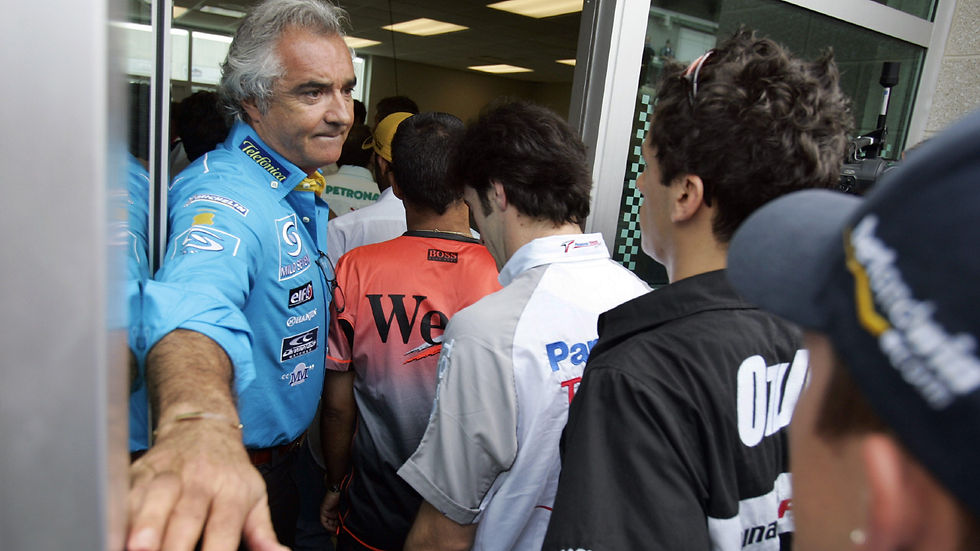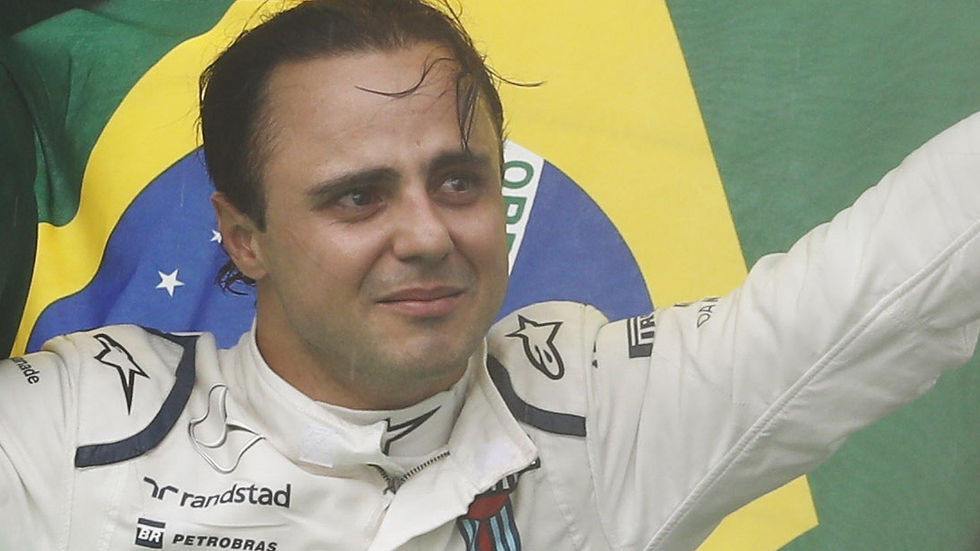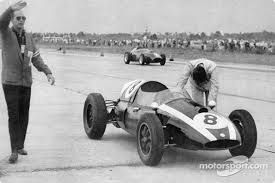“It’s the saddest day in Formula 1’s recent history,”; The 2005 US Grand Prix
- mallikarull
- Apr 16, 2023
- 4 min read
Updated: Aug 2, 2023
In the early years Formula One had struggled to make its mark in the Unites States, with the sport not being able to match the popularity of Nascar.
In 2000 the US track in Indianapolis made its return to the F1 calendar after 9 years of absence. Bernie Ecclestone managing to strike a deal with the Indianapolis Motor Speedway to run a Grand Prix on a revisited version of the current IndyCar circuit.
Leading up to the 2005 race the US crowds had seen some thrilling battles. On its return at the 2000 Grand Prix had a great battle between title rivals Michael Schumacher and Mika Hakkinen before a Mercedes engine failure put an end to Hakkinen’s title fight. A year later the Finnish driver would take the win at his final race in F1.
The 2005 season saw the addition of a new rule, which restricted drivers to only one set of tyres for qualifying and the race. The grid was a split of two tyre manufacturers with 3 of 10 teams using Bridgestone tyres and the remaining 7 teams using Michelin.
First signs of trouble
First signs of trouble appeared in Fridays practice, when Ralf Schumacher faced a huge crash at the banked final corner. The banked final corner had created unique stress on the tyres, which wasn’t helped by the fact that section of the track has been repaved since the previous race in 2004. Schumacher suffered a left-rear tyre failure, resulting in his Toyota slamming into the outside wall. As a result of the crash, it was announced Ricardo Zonta would take over in his Toyota.

(image credit: via. planetf1 https://www.planetf1.com )
Following the incident an investigation from Michelin had found that the tyres were simply unable to cope with the demands of the final corner. Michelin boss Pierre Dupasquier addressed the situation with the FIA Race Director Charlie Whiting, stating that the cars would need to be slowed during the final corner in order to ensure the safety of the tyres – Michelin weren’t able to stand over the tyres for more than ‘about 10 laps’ at racing speed.
To combat the issue Michelin came up with a proposal that included flying in new specification tyres – this was shot down by Whiting as a rules breach – the French manufacturer also proposed adding a chicane at the same corner, which was also ruled out. Michelin then confirmed to Whiting that all Michelin cars were not permitted to race unless drivers slowed down through the corner or changed their tyres repeatedly throughout the race.
A meeting ahead of the race saw Michelin executives and technical bosses meet F1 boss Bernie Ecclestone, Indianapolis speedway president Tony George, along with 9 of 10 team principles. Ferrari were the absent team, with Ferrari boss Jean Todt maintaining a stance that this was an issue for the FIA and Michelin.
At the meeting, Michelin outlined their ideas for a chicane to be added at Turn 13, this was agreed on by the 9 teams present. At the meeting the panal had shut down the possibility of Michelin cars slowing through the corners, as well as the possibility of multiple pitstops throughout the race.

(image credit: via. planetf1 https://www.planetf1.com )
Not long until the race, and last-minute talks in Ecclestone’s office had revealed that Mosley had rejected all the proposals and had issued a threat on that matter: “If any kind of non-championship race was run, or any alteration made to the circuit, the US Grand Prix, and indeed, all FIA-regulated motorsport in the US, would be under threat”. The FIA later denied any such statements being made by Mosley.
Race Day
With all cars out on track for a formation lap and a complete failure to reach a decision for the race, all Michelin cars were forced to return to the pits. Fans in the grandstands watched in anger as 14 from the 20 cars on track made their way back to the pits.





A well written and considered article. It highlights just how different the times were then compared to now. Would current rights holders allow a race to be run in such a contentious manner? One could pull apart every argument and opinion that was put forward at the time and come up with a million 'what-ifs'. Thankfully, lessons appear to have been learned by all sides from this episode, but being F1, there'll always be something else. As an aside, I watched the Friday session and Ralf's accident with my team-mates, and some from other teams in a hotel lounge in Jerez, before starting a four-day test. When you see someone else's race car destroyed and a driver injured, it's a horrible feeling.